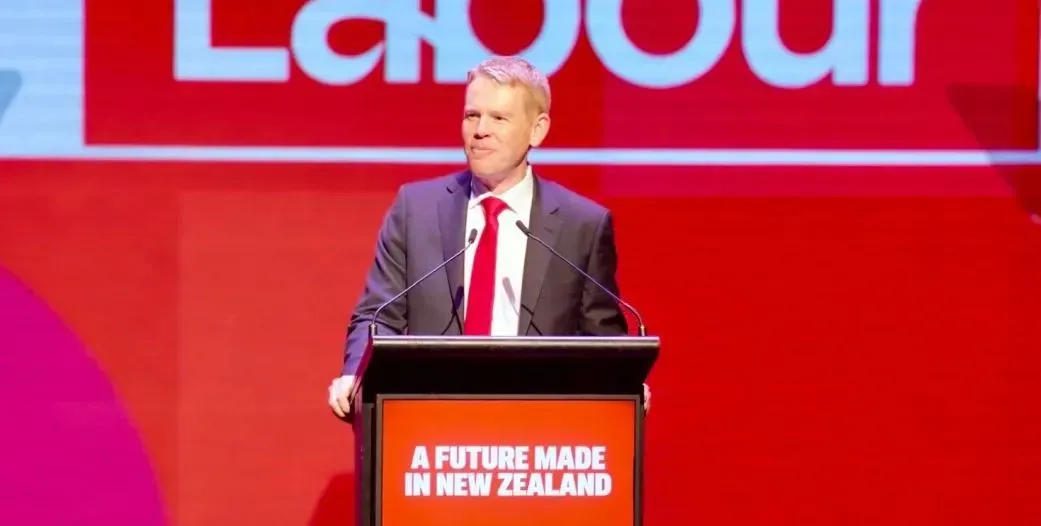David Seymour
ACT Party Leader
It’s important that any lessons taken from Liz Truss’s downfall are based on actual data. The risk is New Zealand takes the wrong lesson from lazy analysis, particularly those on the political left who bleat on like the sheep in Animal Farm: tax cuts bad, spending good.
The economic fallout of Truss’s ‘Growth Plan,’ was not caused by tax cuts, but by excessive spending. In particular, it was caused by deficit spending, driven by increased expenditure. For the current financial year, Truss’s energy package was forecast to cost £60 billion. Her tax cuts for the same year were only £19 billion.
Before Truss’s Growth plan, the Office for Budget Responsibility had already forecast £1086 billion pounds of expenditure, funded by £162 billion pounds of borrowing. Truss’s plan added another $80 billion to the deficit in Financial Year 2022-23, but most of that was not caused by cutting tax.
In later years, total reductions in taxation rose and the energy subsidies were presumably stopped (questionable given the political reality of ending a handout). By the year 2026-27, tax reductions were forecast to reach £60 billion per year (less £15 billion Truss claimed would come from economic growth). In these years tax reductions certainly did eclipse new expenditure forecasts, but were a drop in the ocean compared with underlying expenditure.
Even this cut has to be seen in the context of the UK Government being forecast to spend £1206 billion in that financial year. The tax cuts amounted to two per cent of U.K. GDP, at a time when the U.K. Government spends 41% of GDP. In other words, the U.K. Government is not taxing too little, it is spending too much.
What Truss should have done is tackled the hard issues of out-of-control spending first, then delivered tax cuts later. That leads to lower deficits in the short run, reducing inflationary pressure and interest rates, before giving tax relief.
Reducing spending first, then cutting tax is exactly what ACT’s Alternative Budget for Real Change would do. It would reduce Expenditure by a net $5.7 billion in its first year, and tax by $3.3 billion for a $2.4 billion lower deficit than Labour proposes with its budget.
ACT’s alternative budget introduces more tax cuts when affordable in its second year, delivering a surplus in 2024/25 as forecast by Labour’s budget and $7 billion less debt over the four-year forecast period.
ACT’s alternative budget would also deliver someone on a middle income, say a nurse with one child earning $70,000 a tax cut of $2,303 per year in year one. That is the kind of relief New Zealanders need in the face of out of control Government spending.”









